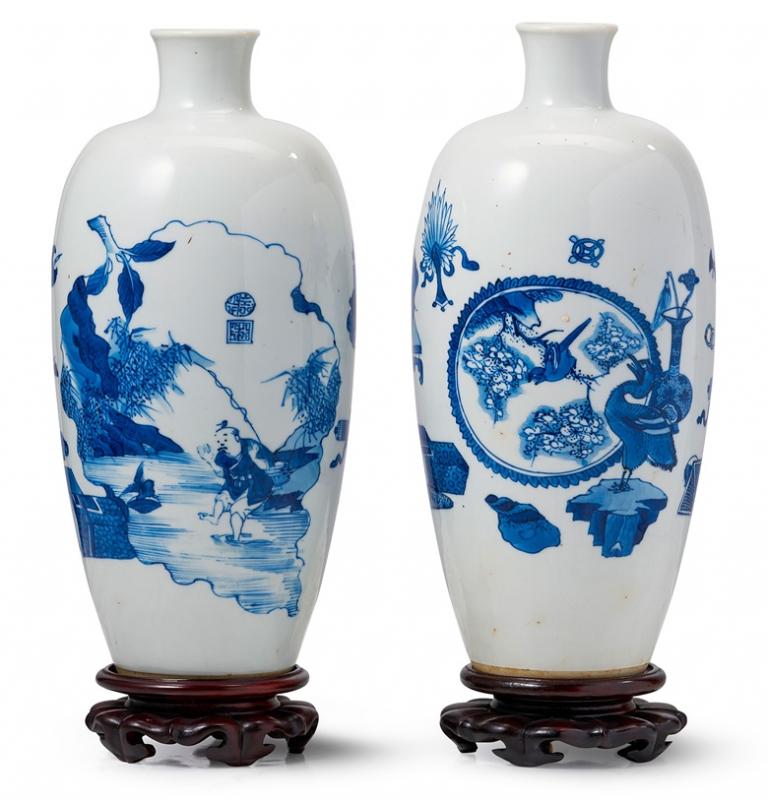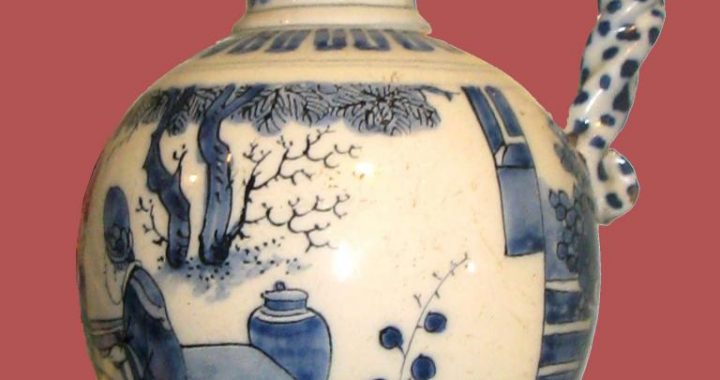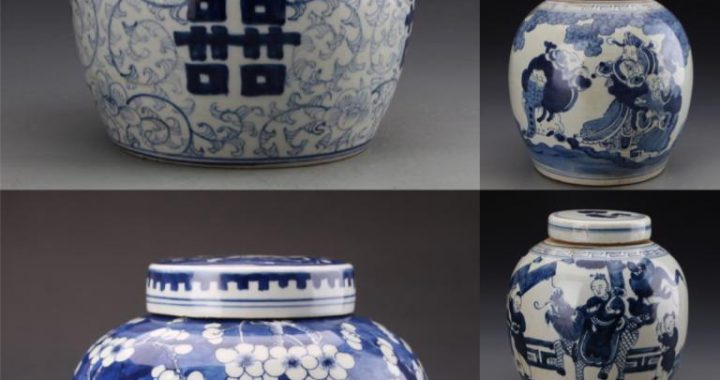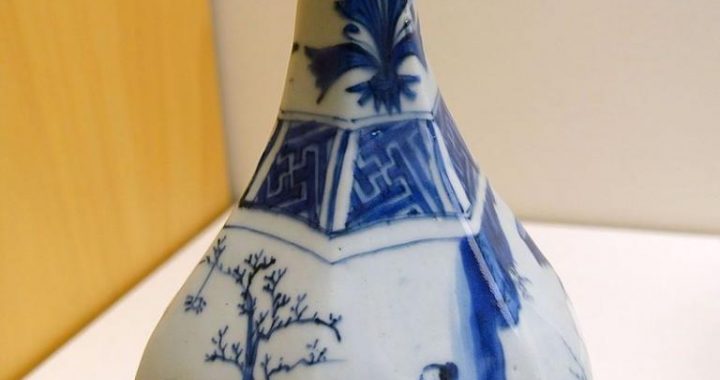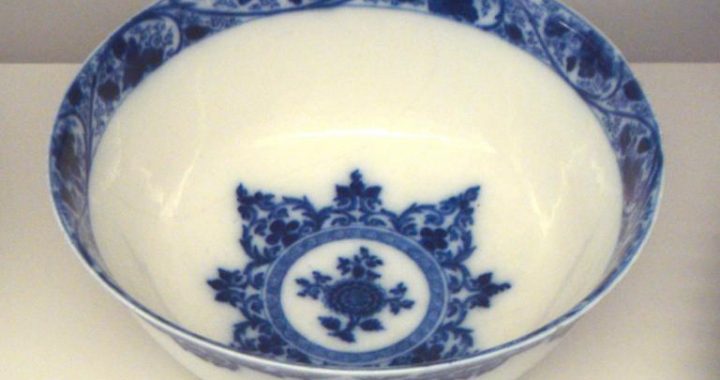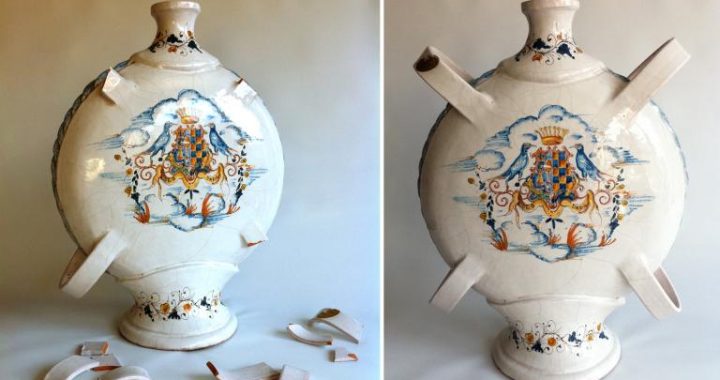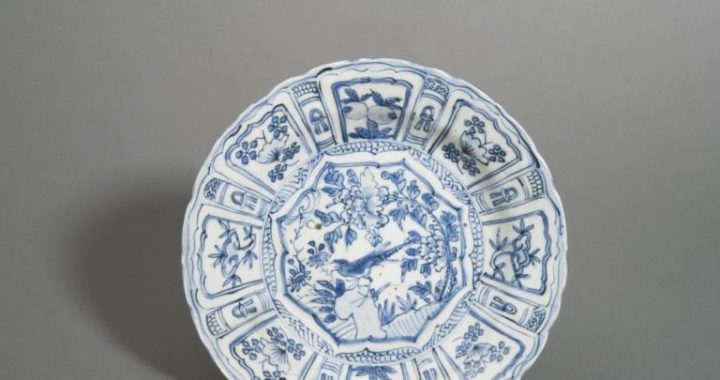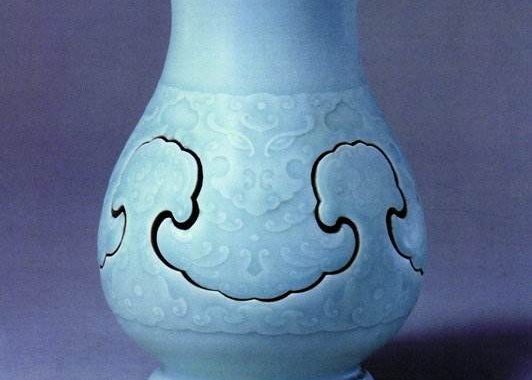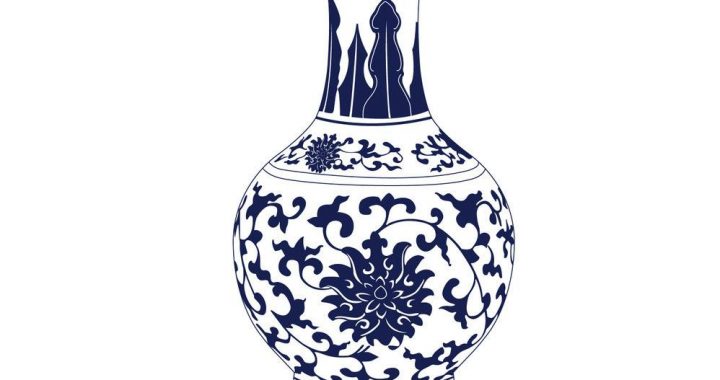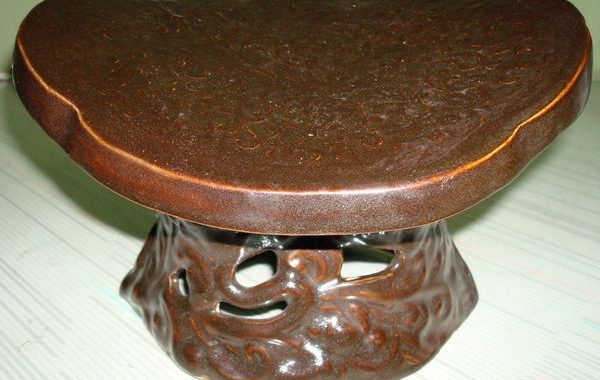Rich and Varied Color Glaze in the Qing Dynasty
1 min readRich and Varied Color Glaze
Porcelain with color glaze appeared as early as in the Yuan dynasty. Unlike blue-and-white and underglaze red wares, it was fired at high-temperature kilns with a mixture of colored pigments, and the increasing species of color agents expanded its color range. By the late Yuan dynasty porcelain already had a riot of color glazes, namely black, green, blue, red, peacock green, as well as egg-white glazefor shufu wares. During the Ming and Qing era more color glazes were added in porcelain making.
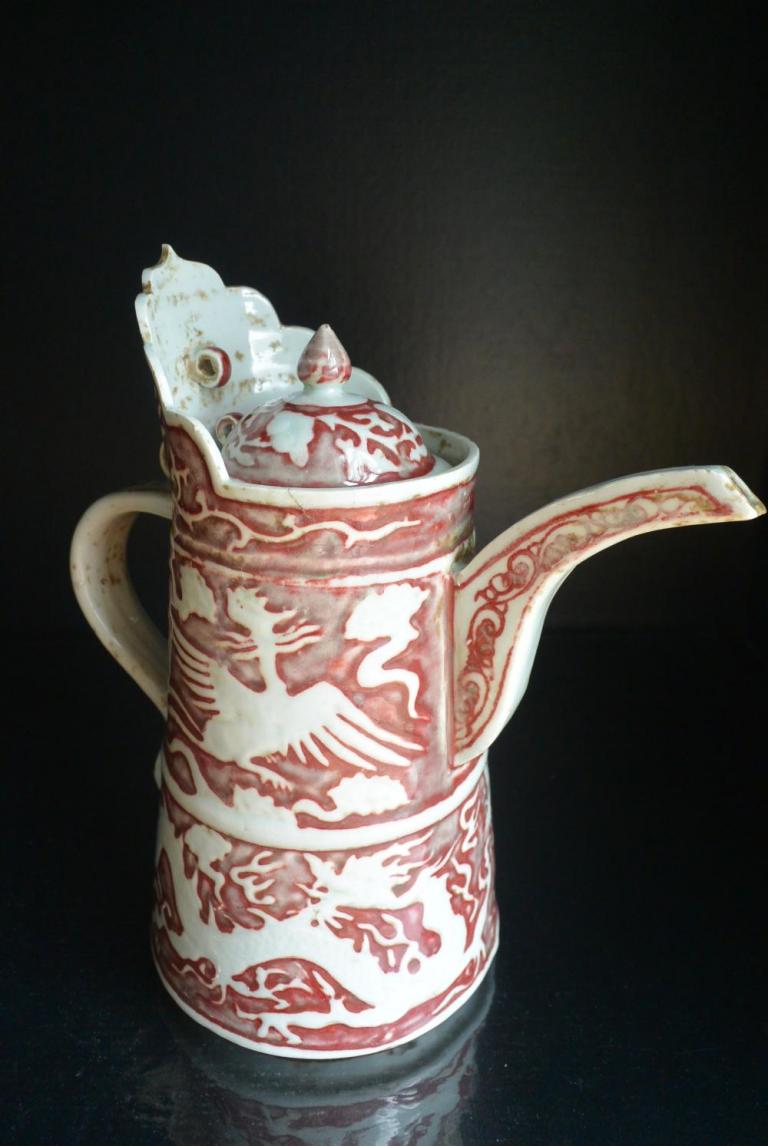
Sweet white glaze is a kind of white glaze first fired at kilns of the Yongle period. It evolved from egg-white glaze of the Yuan dynasty. Just as what its name implies, it is lustrous with a refined and smooth paste, giving people a comfortable sweet feeling.
Yellow in ancient China was considered a noble color and restricted to the royality only. In the hierarchical society of Ming and Qing yellow glaze was absolutely forbidden to all wares fired at civilian kilns. Yellow glaze was extensively used for porcelain firing in the Ming and Qing era, of which yellow ware in Emperor Hongzhi’s era, called”chicken-oil yellow”, is very special.
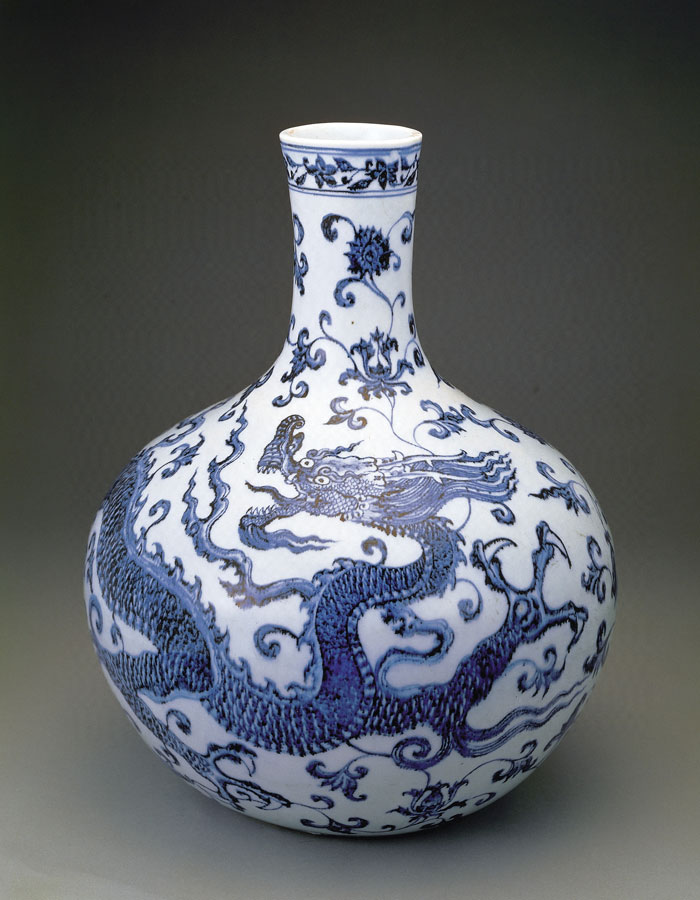
Apart from that, varied color glazes with different shade, such as mazarine blue, sky-clearing red, and dark reddish purple, were derived from black, blue, red, green, and white, constituting a rich and varied porcelain category in the Ming and Qing era.
